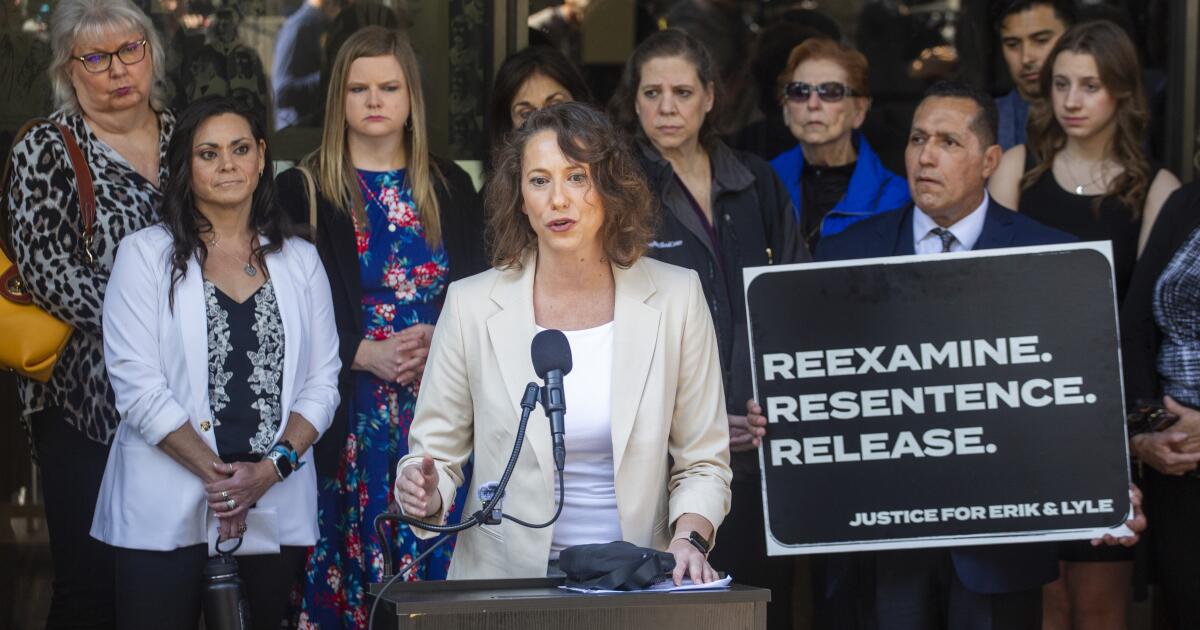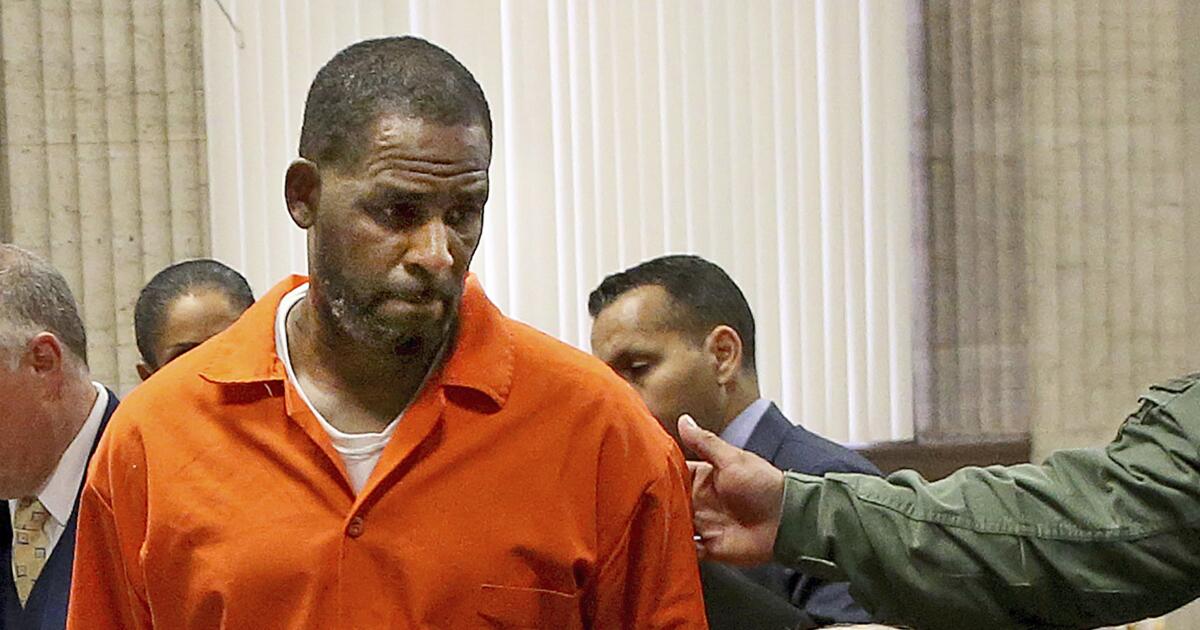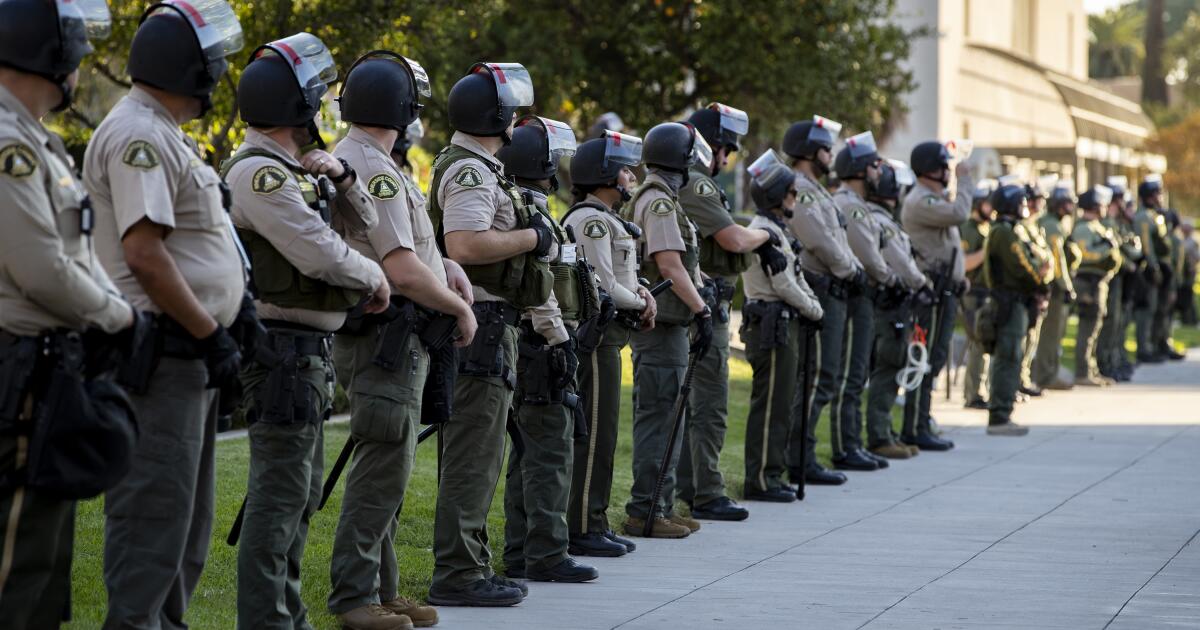California’s incarcerated firefighters, who earn about $1 per hour, may soon get a hefty raise
SACRAMENTO — In howling winds and choking smoke during the January fires that devastated Altadena and Pacific Palisades, more than 1,100 incarcerated firefighters cleared brush and dug fire lines, some for wages of less than $30 per day.
Those firefighters could soon see a major raise. On Thursday, California lawmakers unanimously approved a plan to pay incarcerated firefighters the federal minimum wage of $7.25 per hour while assigned to an active fire, a raise of more than 700%.
“Nobody who puts their life on the line for other people should earn any less than the federal minimum wage,” said the bill’s author, Assemblymember Isaac Bryan (D-Los Angeles), before the Thursday vote.
Bryan’s legislation, Assembly Bill 247, would take effect immediately if signed by Gov. Gavin Newsom. Newsom’s office said he typically does not comment on pending legislation. But in July, he signed a budget that set aside $10 million for incarcerated firefighter wages.
Working at one of the state’s 35 minimum-security fire camps is a voluntary and coveted job, giving inmates a chance to spend time outside prison walls, help their communities and get paroled more quickly.
Incarcerated firefighters don’t wield hoses, but clear brush and dig containment lines while working on front-line hand crews and do work such as cooking and laundry to keep fire camps running.
Prison fire crews at times make up more than 1 in 4 of the firefighters battling California’s wildfires, and have drawn international praise during major wildfire seasons. After the January fires in Los Angeles, celebrity Kim Kardashian called them “heroes” who deserved a raise.
The state’s 2,000 or so incarcerated firefighters earn $5.80 to $10.24 per day at fire camps, and an extra $1 an hour during active wildfires, according to the California Department of Corrections and Rehabilitation. That means the lowest-paid firefighters earn $29.80 per 24-hour shift and the highest-paid, $34.24.
Higher wages are not only a key way to recognize the life-risking contributions made by incarcerated firefighters, backers said, but could also help inmates build up some savings before they are paroled, or more quickly pay restitution to their victims.
Republican lawmakers who backed the plan emphasized the life-changing nature of finding work with meaning.
“When we talk about anti-recidivism, when we talk about programs that work, this is one of the absolute best,” said Assemblymember Heath Flora (R-Ripon).
Flora said he worked alongside incarcerated and formerly incarcerated firefighters during 15 years as a volunteer firefighter, and said they were “some of the hardest working individuals I’ve ever had the pleasure of working with.”
Bryan originally had proposed a $19 hourly wage, similar to the wage earned by entry-level firefighters with the California Department of Forestry and Fire Protection. During the summer’s budget negotiations, that wage was trimmed to $7.25.
A lobbyist for the California State Sheriffs’ Assn., which opposed the bill, told lawmakers in July that incarcerated firefighters already are “receiving compensation in different ways.” Prison workers assigned to hand crews have their sentences reduced by two days for each day they serve on an active fire.
State Sen. Kelly Seyarto (R-Murrieta), who co-sponsored the bill, cautioned in July that paying higher wages could lead to hiring fewer incarcerated firefighters overall.
The cost to the state will depend on the number of inmate crews staffed and the severity of the fire season.
From 2020 to 2024, inmate firefighters spent 1,382,117 hours fighting fires for $1 per hour, according to a bill analysis by legislative staff. The state would have paid about $10 million in wages — or about $8.6 million more — had the federal minimum wage been in place over those five fire seasons, analysts said.
Years with more fire activity would be more expensive for the state. In 2020, the largest wildfire season in modern history, the state spent about $2.1 million on inmate firefighter wages at $1 per hour, which would have cost $15 million under the new bill language.
The bill follows years of effort to help improve the working conditions of inmate firefighters.
The number of inmates working on fire crews has shrunk by more than half since 2005, from a peak of about 4,250 that year to slightly less than 2,000 this year, according to the corrections department.
The number fell off sharply after the California policy known as realignment in 2011, which shifted many people who were convicted of nonserious, nonviolent and nonsexual offenses from California state prisons to county jails.
California bars people with a felony conviction from receiving an emergency medical technician, or EMT, certification for a decade after their release from prison. There is a lifetime ban for those convicted of two or more felonies.
In 2020, Newsom signed a bill allowing formerly incarcerated firefighters who were convicted of nonviolent, nonsexual offenses to appeal a court to expunge their criminal records and waive their parole time.
The Legislature this week also passed AB 218, by Assemblymembers Josh Lowenthal (D-Long Beach) and Sade Elhawary (D-Los Angeles), which would require prison officials to draft rules by 2027 to recommend incarcerated firefighters for resentencing.
A number of other bills dealing with fire issues are still pending in the Legislature in its final week of the year. Those include:
- AB 226, which would allow the California FAIR Plan, the state’s home insurer of last resort, to increase its capacity to pay out claims by issuing bonds or seeking a line of credit.
- AB 1032, which would require healthcare insurers to cover 12 visits a year with a licensed behavioral health provider, including mental health and substance abuse counselors, to residents affected by wildfires.








